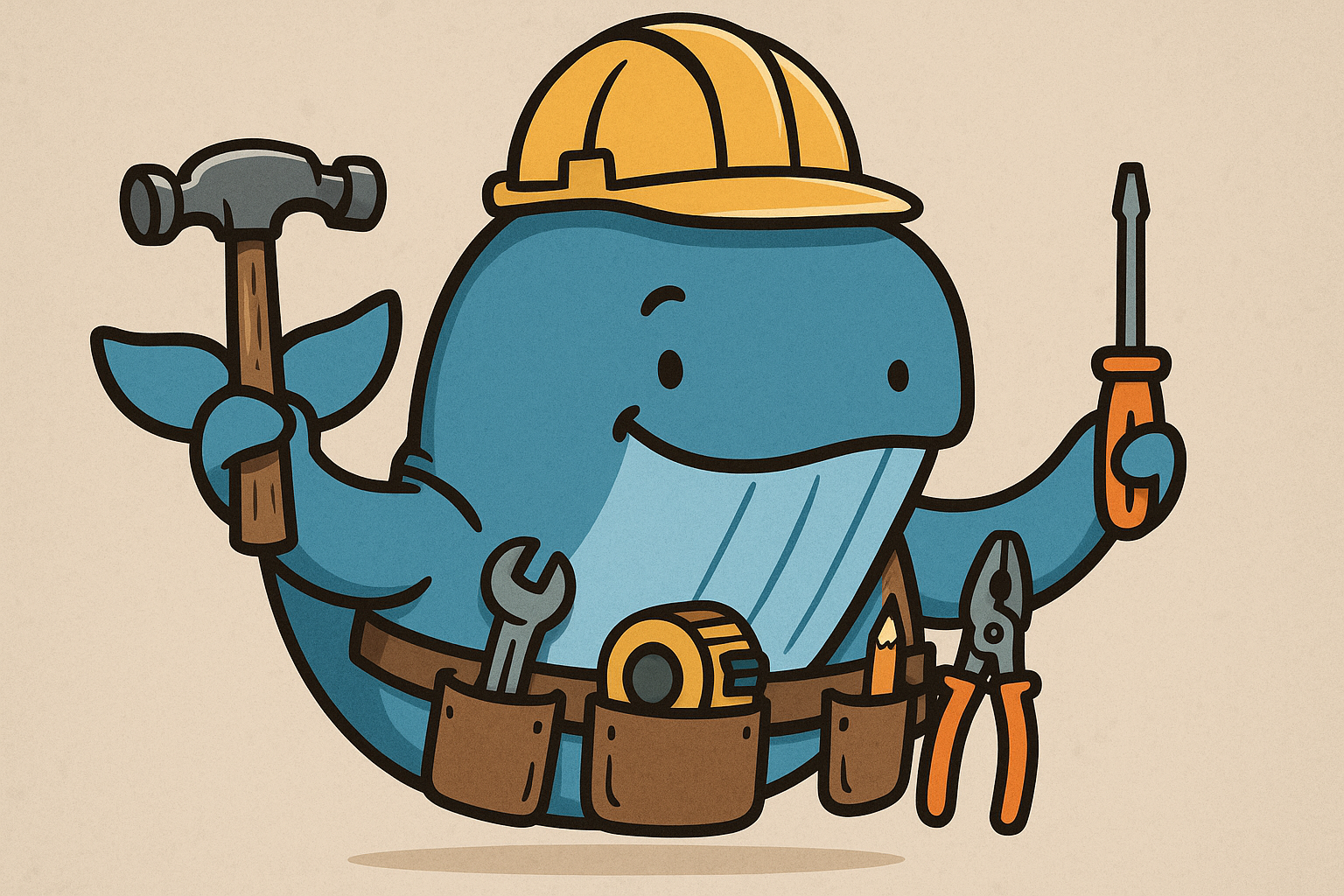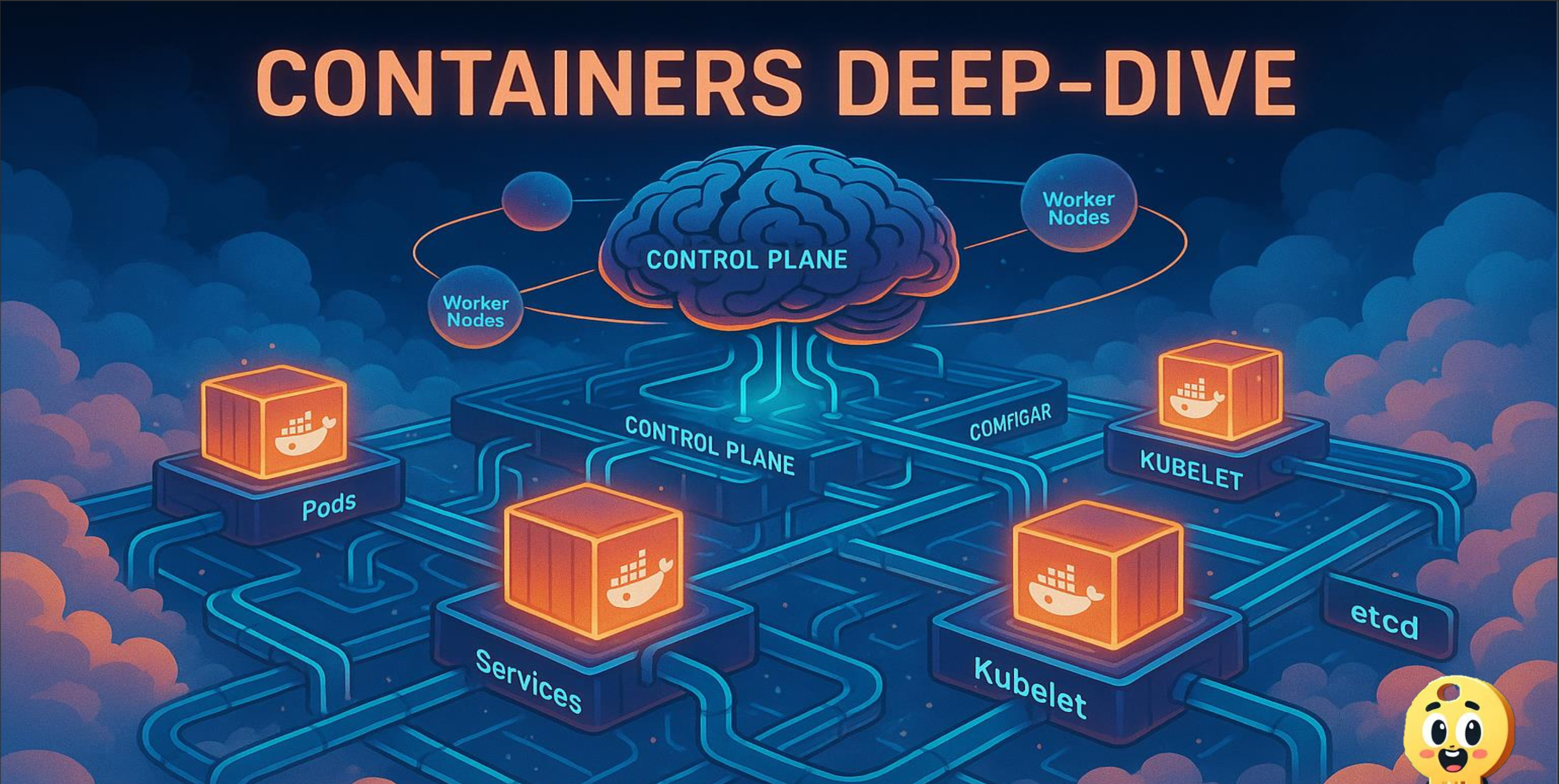5 min to read
Leveraging Docker with Low Technical Expertise
By KeyFeaturesLab

Introduction
Imagine you have a great idea: you want to sell your cupcakes worldwide. They’re delicious, and everyone who’s tried them loved them and asked for more. The entrepreneur in you is ready to jump into action, but your software engineering side is also awake. To make this dream a reality, the first step is to create your own website. This platform will help you spread the word about your scrumptious cupcakes, and allow customers to order and have them delivered right to their doorstep.
To make this happen, you’ve wisely decided to use Docker, a powerful tool that will allow your website to scale effortlessly and gives you all the benefits of containerization, such as portability, consistency, and rapid deployment. Docker is an easy-to-use tool, and you don’t need extensive technical experience to get started!
Step 1: Install Docker Engine
Before diving into the world of Docker, first things first: you need to install Docker Engine on your local machine (or any other container tool, such as Podman). This step is critical because Docker will enable you to build, run, and manage your containers with ease.
- How to Install Docker Engine: Follow the installation instructions for your operating system on the official Docker Installation Guide.
Step 2: Leverage Prebuilt, Truster Docker Images
Since your software engineering experience has its limits, you wisely decide to take advantage of Docker Hub’s prebuilt, trusted images. These images drastically simplify the deployment process by providing:
- A lightweight base operating system: such as Alpine or Debian, to ensure minimal overhead and faster container start times.
- Pre-installed application stacks: for example, a web server like NGINX, a runtime like Node.js, or a database like PostgreSQL.
- Fully functional baseline configuration: making the image immediately usable, so you can focus on your application code instead of infrastructure plumbing.
- Pre-applied security best practices, such as: running processes as a non-root user, using well-structured filesystem paths, avoiding exposure of unnecessary outbound or internal ports, minimizing attack surfaces and isolating risks.
TIP: You can recognize Official Images on Docker Hub by the “Official” badge and Verified Publisher images by the green checkmark. These guarantee the images come directly from trusted vendors, like Bitnami, Red Hat, or MongoDB.
Step 3: Choose a Docker Image for Your Web Server
You choose the node:18-alpine image for your web server backend because it’s:
- Lightweight
- Efficient
- Pre-configured with Node.js, making it perfect for building and deploying your application. This helps you get up and running quickly without needing to configure the server manually.
Step 4: Clone Your Code from GitHub
You’ve written the code for your cupcake website and hosted it on GitHub. To follow along with this tutorial, fork and clone the repository to your local machine. Run the following commands to get started:
git clone https://github.com/your-username/your-repo-name.git cd your-repo-name
Step 5: Build Your Docker Image
In your local code editor, navigate to the correct path and create a Dockerfile. This file will specify the instructions to build your container image. Building this image makes your application immutable and deployable.
To learn more about writing a Dockerfile, I recommend referring to the official Docker documentation for a comprehensive guide: Dockerfile Reference Dockerfile Reference.
Step 6: Push Your Image to a Container Registry
Once your Docker image is built, it’s time to deploy it to a container registry. A container registry is a place where you can store and manage your images. Popular options include:
- Docker Hub
- GitHub Container Registry
- Azure Container Registry
- Google Artifact Registry
- AWS Elastic Container Registry
If you plan on keeping your registry private (which I highly recommend for your business), you will need to manage your credentials securely. It’s critical to keep your credentials safe and limit access to authorized users only.
Step 7: Create Your Kubernetes Manifest File
Noww that your image is in a registry, it’s time to deploy it using Kubernetes. Kubernetes will manage the scaling and running of your containers across multiple environments. To do this, you’ll need to create a Kubernetes Manifest. This file contains your deployment preferences, such as:
- Number of replicas (how many instances of your app you want to run)
- Labels (for organizing your resources)
- Image and container specifications (e.g., the node:18-alpine image you chose earlier)
Most of us don’t want to spend hours learning the ins and outs of YAML (the language used in Kubernetes manifests), and thankfully, there are tools and templates that can simplify this process. Here are a few ways to speed things up:
- Use a Kubernetes manifest generator like Kubernetes YAML Generator to quickly create the manifest.
- Helm charts: You can use pre-configured templates for deployment using Helm, a Kubernetes package manager.
Step 8: Deploy to Kubernetes
Once you have your manifest file ready, you can use kubectl (the command-line tool for Kubernetes) to deploy your application:
kubectl apply -f your-manifest.yaml
This will instruct Kubernetes to create your deployment based on the preferences you set in the manifest file.
Conclusion: Effortless Scalability and Deployment
With Docker, you’ve just taken the first steps toward building and deploying a scalable website. By leveraging prebuilt images, container registries, and Kubernetes, you can now deploy your cupcakes to the world, all while focusing on what matters most: making your cupcakes the best they can be.
By containerizing your application, you’re setting yourself up for easy scalability. As your business grows, you can effortlessly increase the number of replicas and resources needed to handle more traffic, keeping your website up and running smoothly.
With Docker and Kubernetes at your side, the only thing left to do is watch your business rise, just like your cupcakes!
Reccomandations for Further Learning
- Learn about Kubernetes Scaling: How to add more replicas when your traffic increases.
- Explore Helm: It simplifies deployments even further by using preconfigured charts.
- Dive deeper into Docker Networking: So you can understand how to connect your application containers to each other securely.

